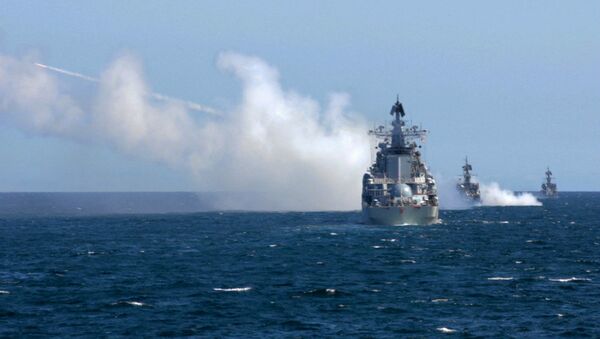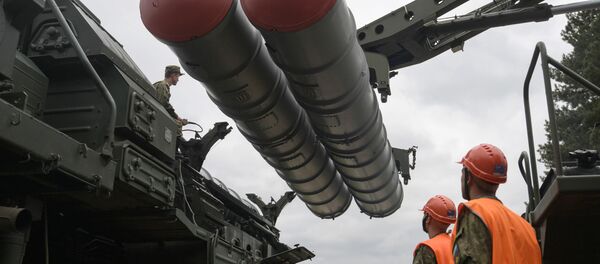New ships and subs
As part of the State Armament Program for 2011-2020, the Northern Fleet has received two nuclear-powered submarines — the Yuri Dolgoruky and the Severodvinsk), a diesel-electric one (the Saint Petersburg) and the Yuri Ivanov medium reconnaissance ship.
The planned construction of the heavy aircraft carrier the Shtorm (Storm) to replace the veteran Admiral Kuznetsov flatship has been put on ice for lack of funds with Deputy Defense Minister Yuri Borisov saying that the contract to build the Shtorm will be signed only in 2025.
The same with the Lider Project heavy nuclear-powered destroyers, whose construction has likewise been pushed back beyond 2025 due to their high cost and technical complexity.
Second wind
This doesn’t mean that the Northern Fleet will be left without modern surface ships though.
The Admiral Kuznetsov, which had problems with its propulsion and other systems during the recent tour of duty in the eastern Mediterranean, will be upgraded with advanced electronics, radars and onboard navigation gear.
The Northern Fleet’s flagship, the Pyotr Veliky, a heavy nuclear cruiser, will also be overhauled, but not before her sister ship, the Admiral Nakhimov, which is currently undergoing repairs, has rejoined the ranks.
“The Pyotr Veliky, just like the Admiral Nakhimov, will get multipurpose launchers capable of firing cruise missiles and anti-ship missiles. Both vessels were designed to destroy enemy carrier groups, but their heavy Granit cruise missiles have had their day. I believe that submarines are best suited for fighting aircraft carriers and that the Pyotr Veliky should be armed with long-range precisions weapons to destroy land targets, thus becoming a non-nuclear means of strategic deterrence,” Viktor Murakhovsky, editor-in-chief of Arsenal of the Fatherland journal, told Sputnik.
He added that the Northern Fleet should prioritize the construction of Project 22350 frigates armed with modern anti-ship and anti-submarine weapons, the new Poliment-Redut anti-aircraft cannon and missile systems and state-of-the-art radars.
Ground support
The Northern Fleet is backed up on the ground by a powerful force which covers the better part of the country’s territorial waters.
“The Northern Fleet as it is today is more than just a fleet as it comprises missile and artillery divisions, a motorized infantry brigade, an air-defense division and a number of other land-based structures. Together, they have under their control the entire Arctic region, with the exception of its eastern part,” Murakhovsky said.
He added that the presence of the Northern Fleet was effectively pushing the launch sites of enemy cruise missiles hundreds of kilometers away from Russia’s northern borders.
“All this would be impossible without ground support,” Murakhovsky emphasized.
Meanwhile, the Northern Fleet’s ground forces are being beefed up with Bal and Bastion anti-ship missiles, S-400 missile complexes and advanced means of electronic and hydro-acoustic reconnaissance.
A number of military airfields will be built in the region to provide aerial support for the Northern Fleet ships in the event of an armed conflict.
Never miss a story again — sign up to our Telegram channel and we'll keep you up to speed!




